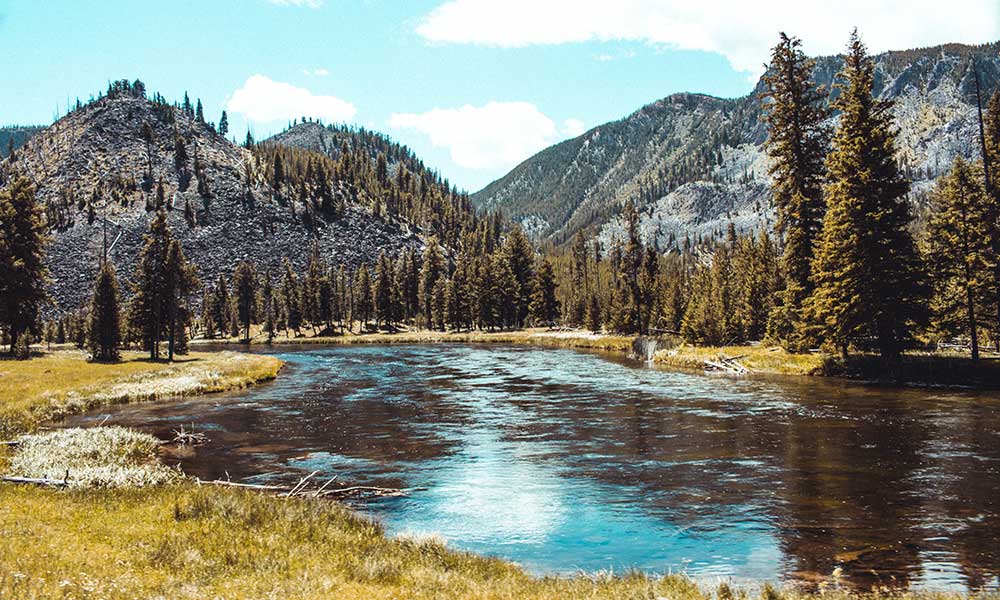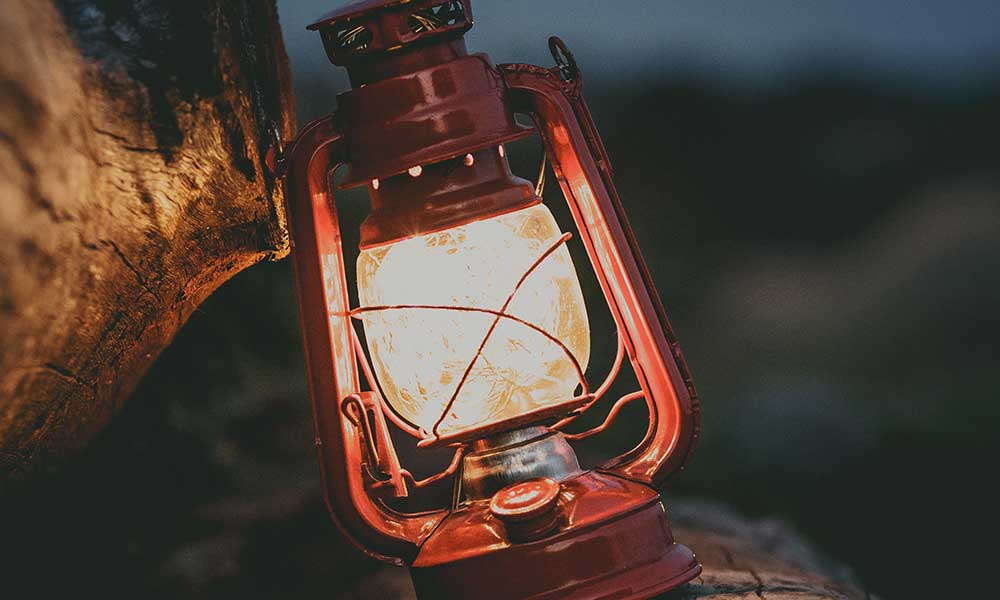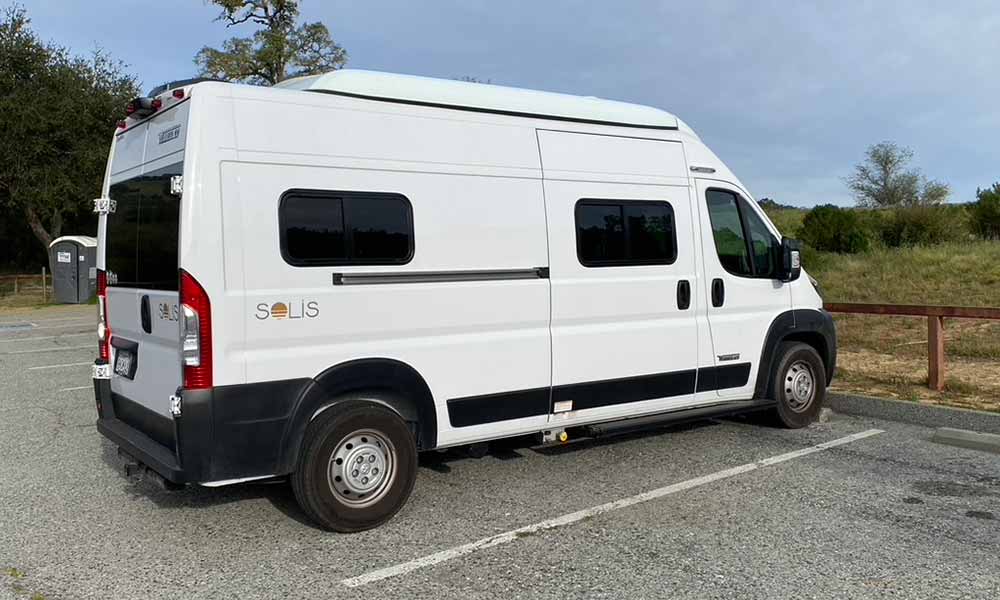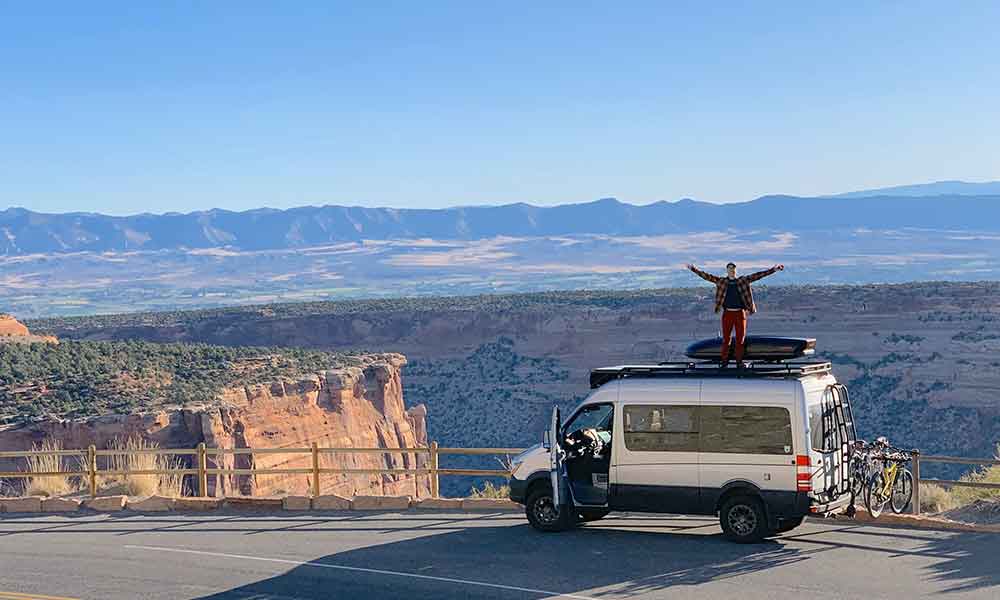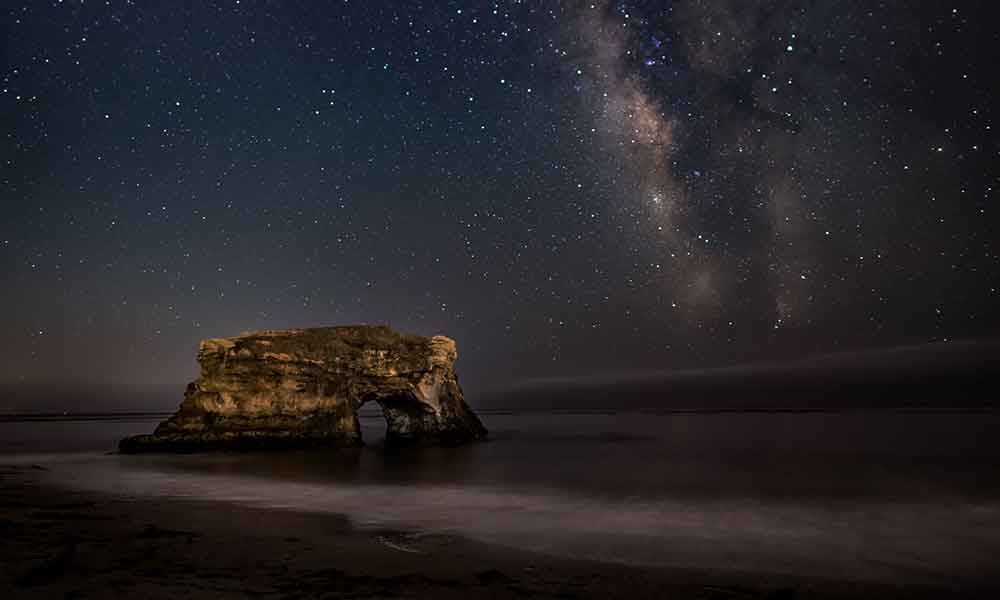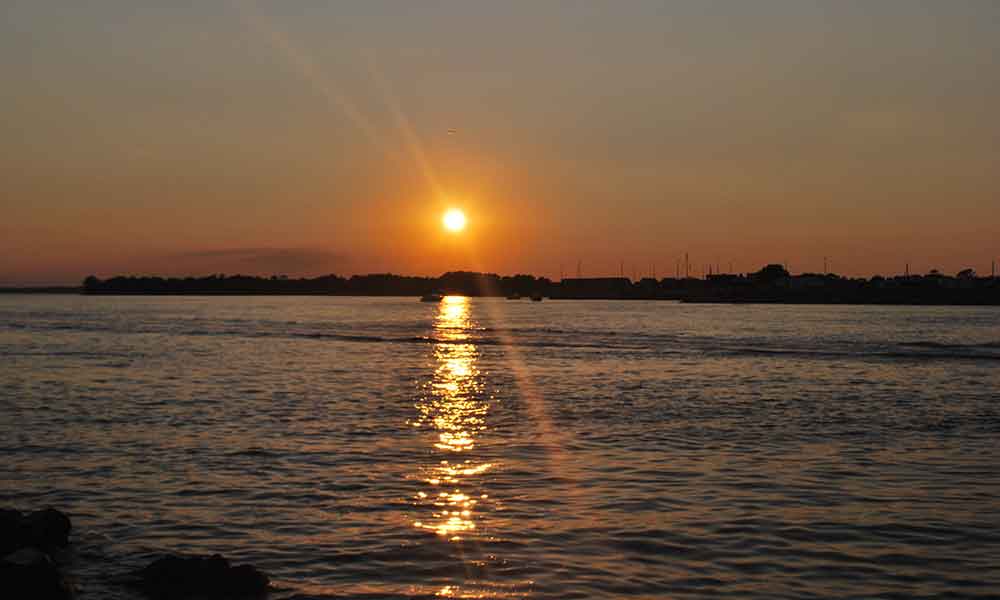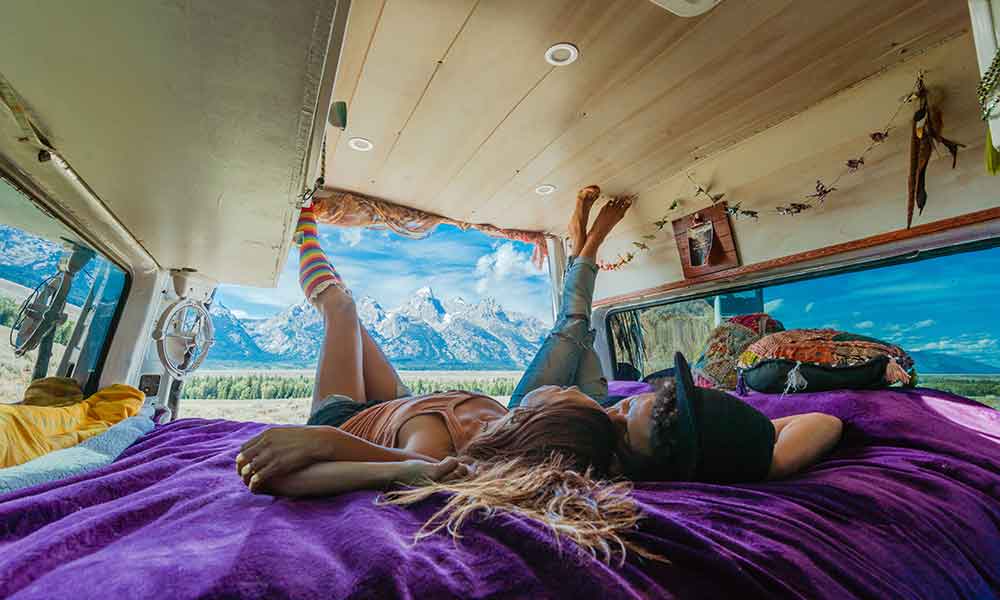Yellowstone is famous for being recognized as the world’s first National Park and offering a dizzying array of adventures and experiences. Naturally, we want to know if park visitation extends to camping.
Yellowstone is a popular camping destination with over two thousand campsites spread across twelve campgrounds. The park offers up to 3 successive night stays for a group of four to six campers. Most sites are seasonal, early May to early October, with only Mammoth Campground open year-round.
While it is undoubtedly thrilling to find out that this giving park has even more to give, it is important to note that most camp spots get completely occupied far in advance. Demand is inflationary, and supply is limited. Preparation is in order if you have a keen eye on a specific location.
Yellowstone Has Camping Flavors For All Tastebuds
This natural-funfair playground accommodates a spectrum of camping arrangements, from providing flushing toilets and power outlets for RV camping to availing hideaway points in Backcountry.
Many famous places are in the “front country” zone. They are the ones with the more considerable variation of RV-specific campsites, electrical plugs, flushing lavatories, generator permission, and kumbaya plots for your rugged tent shanties.
Canyon, Fishing Bridge RV Park, and Grant Village campgrounds are the only three that offer shower/ laundry facilities.
But fret not, because for those of us that like being at ground zero and sleeping to the sound of prowling coyotes, without giving up on that fundamental right of a warm and tender shower, then Park Lodge is for us.
There are chalets and luxurious rooms that don’t too far remove self from the visceral park experience.
Yellowstone National Park Lodges and the National Park Service share the site reservations. Each managing five and seven campgrounds, respectively.
For those that want to unplug fully, then there’s Backcountry for you. This less-traveled part has its permit system independent of the 12 campgrounds. The permit allows access to any of the 293 assigned campsites in the wild (and I mean wild) Backcountry.
What Is This Yellowstone Permits Situation?
Acquiring a permit is almost a test of good fortune. Early access for the significant 12 sites and Backcountry has a randomized lottery system. The application period is usually within the first few months (something like March) for your year of interest. There’s a non-refundable buy-in fee of $10.
Winners of this draw can then celebrate their good karma by being whisked to the front of the line, where they can enjoy the luxury of paying the permit fee to the campsite of their choosing—such bliss.
However, for those shyly favored by fate, they must bide their time appropriately and keep their eyes peeled for when bookings open.
Are Permit Fees A Flat Rate For All Yellowstone Campgrounds?
Each campground has its own night fee, ranging from $20 to $83. Backcountry has the lowest fees at $5 per night (probably because of the Bear Grill’s situation back there).
The campgrounds with reservations through the Park Lodges have more amenities and necessary comforts. Flushing toilets, dump sites, and permission to run a generator are a standard inclusion on all the sites.
Extra options some of these sites include are paid and unpaid showers, full hookups for RVs, and even group sites for your big excursion needs.
Yellowstone National Park Lodge reservations:
- Bridge Bay. $29 per night and include group sites, but no showers.
- Madison. $29 per night but also doesn’t include showers.
- Canyon. $34 per night and includes showers and laundry onsite.
- Grant Village. $34 per night and include group sites, showers, and laundry.
- Fishing Bridge RV Park. $83 for a single night, and the only thing not availed are group sites. Understandably.
The seven grounds with reservations through the National Park are less ostentatious in their service extras. Only two sites include flush toilets, and the rest have those environmentally friendly vault toilets. But they are much kinder on the pockets.
National Park reservations:
- Pebble Creek. $20 per night.
- Indian Creek. $20 for a single night.
- Slough Creek. $20 each night.
- Lewis Lake. $20 for the night.
- Mammoth. $25 per night, has flush toilets, and is open year-round.
- Norris. Previously $20 for one night and has flushing lavatories.
- Tower Fall. Previously $15 per night.
Most of these campgrounds have open dates between the beginning of May and mid-October. It is recommended that you check the National Park Service website for the specific dates since they change. The park also allows in-person walk-up permits two days before your planned camping date.
Sounds Good, But Is Camping In Yellowstone Safe?
Yes, yes, the entirety of the Yellowstone National Park is considered active bear territory, so one should always be careful. That’s why there’s the standard recommendation of bringing a long rope to hang food and parcels from the available poles at each site.
At ease, bear attacks are extraordinarily rare, especially around the active campgrounds. No guns are allowed in the park because only about 9% of bear attacks were out of the ordinary (incidents usually occur because of negligence and visitors going off alone).
However, the park still has healthy diversity and is home to other wildlife and natural wonderment. So, visitors still must watch out for other wild animals and keep their awe at a safe viewing distance of at least a hundred yards for bears and wolves and twenty-five yards for everything else.
Just like for day visits, campers are never to feed the animals and should also make garbage inaccessible to animals. Some of them may have thumbs.
The park is as safe while camping as it is during the day, and the only thing that is likely to cause you a headache is some sneaky altitude sickness. Yup, you read that right. Even the lowest parts of the park stand over five thousand feet above sea level.
This abrupt change to altitude can void that eight-thousand-feet-above-sea-level rule and cause some migraines, dizziness, exhaustion, and some other pesky stuff.
Take at least 24 hours to acclimatize yourself to the environment. Bring with everything you would take camping anywhere else, and be careful not to get too close to geysers or try exfoliating in the mud spots.
Ready, Set, Yellowstone Tips!
After the lottery winners are announced, the general ticket sale period for the year opens at the beginning of April. This is when you should be hustling and making your reservations. All reservations made this way should be placed at least three days before your planned stay date.
Due to the immense interest, camping is limited to 14 days from July to September and a total of 30 days in a year. Fishing Bridge is the only location exempt. Fishing Bridge is also the only campground offering a 50 Amp electrical service hookup for RVs, water, and sewer.
Campfires, portable propane, or wood may be prohibited from Fishing Bridge, but hard-sided vehicles are exclusively welcomed.
All camping grounds have drinking water and offer senior discounts. Fishing Bridge doesn’t offer senior discounts, of course. Again, check-in with the National Park Service website for all the proper tea and tips.
Conclusion
This factory of natural wonder is undoubtedly a first-class camping destination and should be visited. The normal twelve camping bases are more than enough for most adventure lovers. And for the people that want to unplug for the weekend completely, then Backcountry cradles this need.
Here’s your two-sentence morning brew for camping in Yellowstone: it’s exciting, has vast activities to undo your nerves, bear safety is a big thing, and the only headache to look out for is from altitude sickness. That’s all, folks! Have fun.

